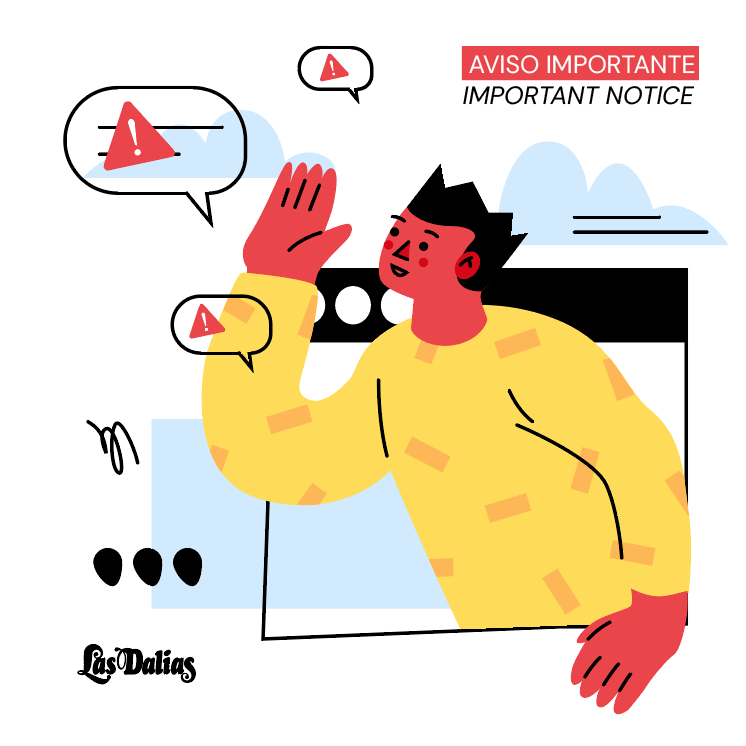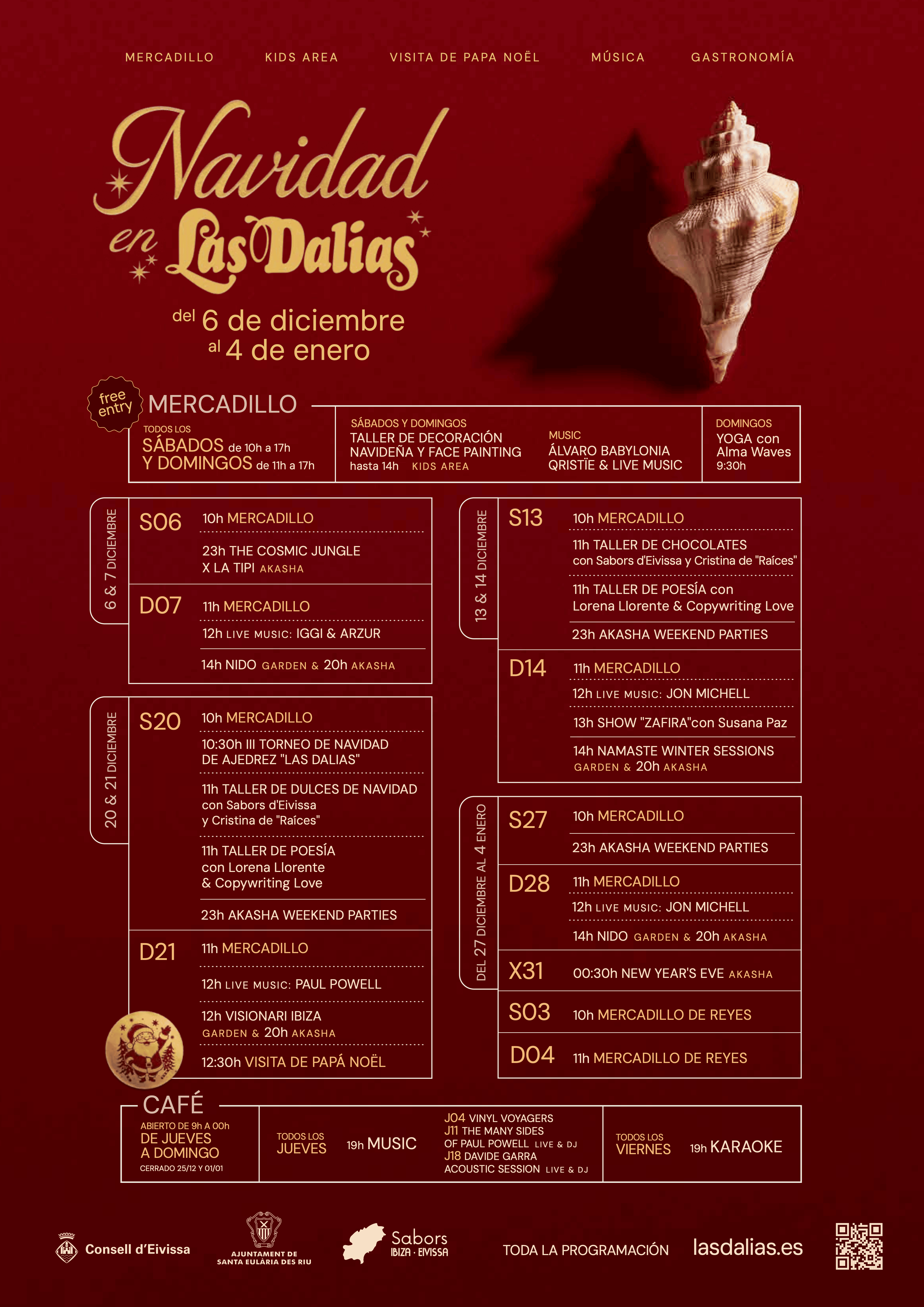TRIP TO TIBET
Our Las Dalias Around the World journey begins in Chengdu, a city where past and present coexist in perfect harmony.
After landing and letting ourselves be embraced by the city’s calm rhythm, we spent the first days exploring some of its most remarkable treasures:
The Giant Panda Conservation Center, home to more than 100 pandas and a living example of protection and respect for nature.
The historic Kuanzhai Alleys, a maze of traditional architecture, intense flavors, and local craftsmanship.
The majestic Leshan Giant Buddha, carved into the rock more than 1,200 years ago and declared a World Heritage Site.
And at night, the magic of Sichuan opera, where music, color, and tradition tell stories that travel through time.
This is just the beginning of a path that will take us to the heart of Tibet.
We continue discovering the world… and discovering ourselves in it.

We recommend avoiding peak hours (Saturdays from 11:30 a.m. to 2 p.m.), as significant traffic congestion occurs. Additionally, we may need to close the market entrance if full capacity is reached.


